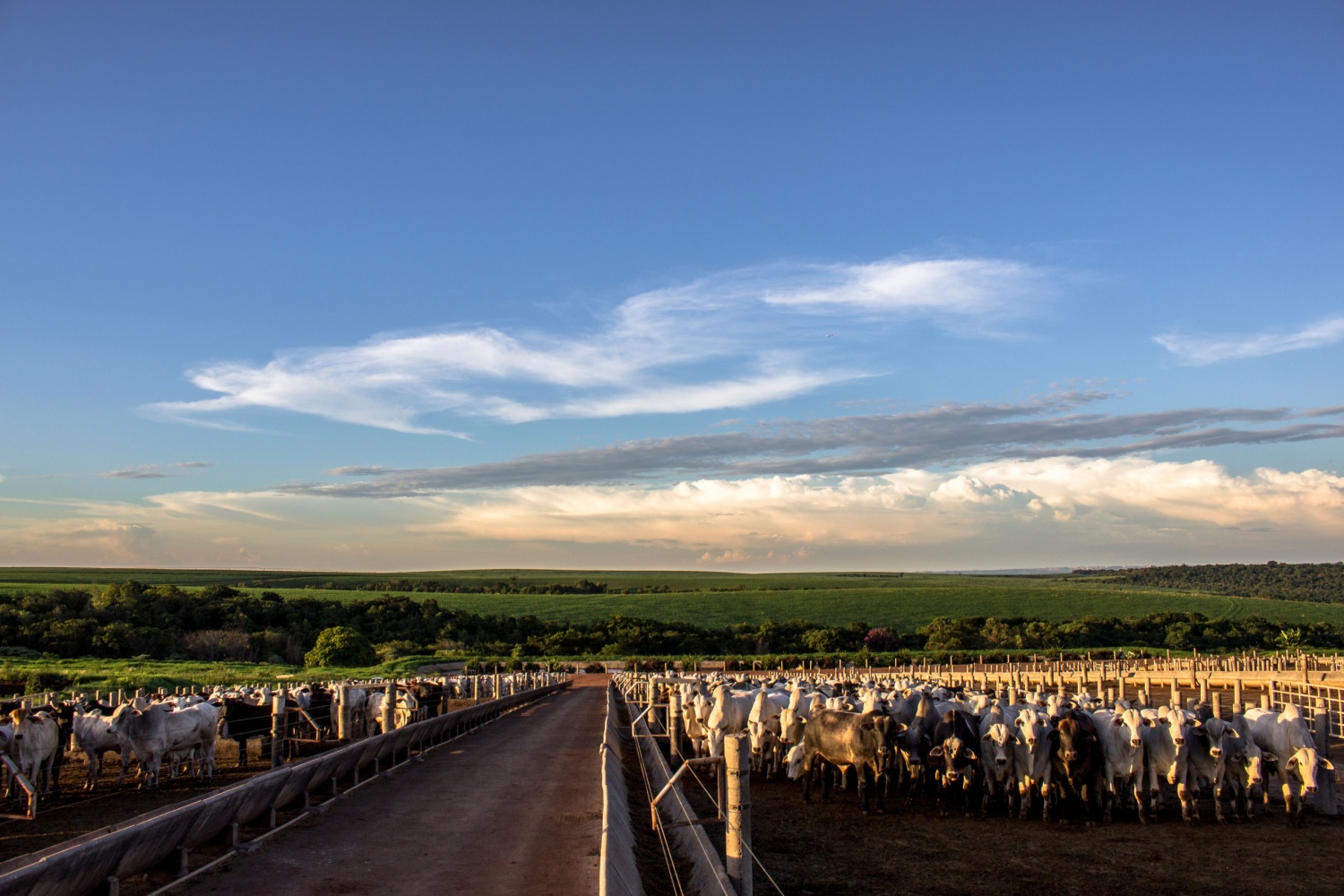Continued contraction in the cattle feedlots and U.S. cattle inventory. Livestock analyst Michael McConnell says, from USDA’s latest Cattle on Feed report covering the period ending Sept. 1:
“There was 11.08 million head of cattle on feed with feedlots that have a capacity of larger than 1,000 head. That is 1% lower than a year ago. Placements during the month of August were 1.78 million head; that was 10% lower than a year ago. And marketing during August came in at 1.57 million head, which was 14% lower than a year ago.”
Trends behind the numbers include:
“The placement number for the month of August — that was actually the lowest that we’ve seen for August since 2015. So overall, we see a continuation in the trend of relatively low placements. That’s partially reflected by where we are on the cattle cycle and the fact that we have relatively small cattle inventories — the smallest in many, many decades. Marketings were also particularly low. And really what it comes down to is we’ve seen an overall slowing in the overall turnover in the fed cattle market.”
McConnell says the slow turnover in the fed cattle market is also reflective of current prices for steers and cattle:
“Still seeing relatively high prices. In the month of August, the five-area fed steer price was $243 per hundredweight on average, which was a record high — likewise for feeder cattle. During the month of August, at the Oklahoma City auction price that we track here, that was at $355 per hundredweight, also a record. So overall, we’re seeing relatively high-priced cattle. And as a result, from the feedlot perspective, it reflects the fact that there’s fewer animals available for placement, and that helps support the price of feeder animals. And then, in turn, they’re hanging on to their animals for longer.”
Length of time cattle are in feedlots is a specific trend drawing attention.
“We are seeing cattle that are staying on feed longer — calculating out and figuring the number of animals in feedlots that have been in feedlots for more than five months, or more than 150 days. That number right now is relatively high, and in particular, the share of animals that have been in feedlots for 150 days is very high. And that just reflects the fact that feedlot inventories are relatively low on a historical basis, but the portion of animals that are approaching or coming close to market-ready weight is relatively high. So that’s the dynamic to manage, to see how that plays out as we head into the holiday season, and where there might be a little bit of a pick for certain beef products.”
According to McConnell, keeping the cattle on feed longer would result in higher fed prices as well.


